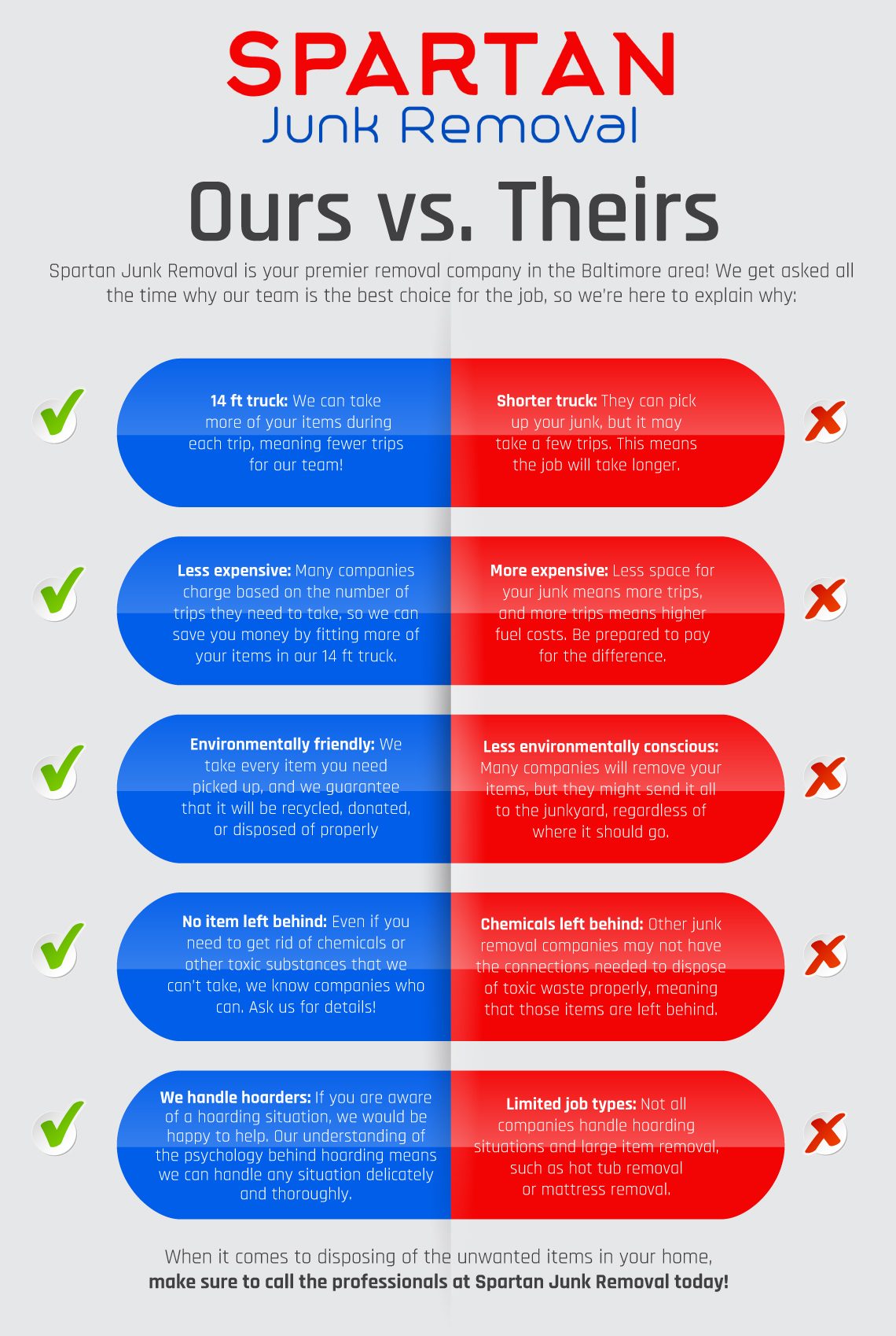Master The Art Of Selecting The Excellent Dumpster Size For Your Task To Ensure Efficiency And Cost-Effectiveness - Discover Exactly How In This Comprehensive Guide
Master The Art Of Selecting The Excellent Dumpster Size For Your Task To Ensure Efficiency And Cost-Effectiveness - Discover Exactly How In This Comprehensive Guide
Blog Article
Developed By-Cabrera Hunter
When embarking on a task that needs a dumpster, the size you pick can considerably affect its effectiveness and cost-effectiveness. Think of having the perfect container that accommodates all your waste without being exceedingly large or as well little. It all starts with recognizing the nuances of your task and choosing a dumpster size that aligns with your specific requirements. So, before you decide, consider the variables at play to make certain a smooth waste administration process from beginning to end.
Elements to Think about
When choosing the right dumpster size, there are several essential elements to consider.
Initially, think of the sort of waste you'll be taking care of. Various products might need differing quantities of room, so understanding what you'll be putting in the dumpster is essential.
Next, assess the quantity of waste you expect to generate. If you ignore the quantity, you may need to make several trips to get rid of everything, which can be bothersome and pricey. On the other hand, renting a dumpster that's too big can lead to unnecessary costs.
In addition, think about the room where the dumpster will be placed. Ensure there's enough space for the dumpster to be supplied and gotten with no obstructions.
Last but not least, think about any type of weight limitations that might use. Going beyond the weight limit can lead to extra charges and even the rejection of service.
Dumpster Dimension Choices
For choosing the ideal dumpster size, it's essential to have a mutual understanding of the readily available alternatives. Dumpster dimensions generally range from 10 to 40 cubic backyards, with variations in between.
A 10-yard dumpster appropriates for small jobs like a garage cleanout or a small renovation. If you're tackling a medium-sized project such as a kitchen area remodel or a basement cleanout, a 20-yard dumpster might be the best choice.
For bigger tasks like a whole-house renovation or industrial building and construction, a 30 or 40-yard dumpster could be better to suit the quantity of waste generated.
When selecting a dumpster dimension, consider the quantity and kind of debris you expect to throw away. click the up coming website page to pick a somewhat larger dimension if you're uncertain to avoid overfilling. Keep in mind, it's even more cost-efficient to rent out a dumpster that fits your requirements rather than having to buy an additional one.
Matching Size to Task
Ideally matching the dumpster dimension to your task is vital for reliable waste management. To determine the best dimension, think about the extent and nature of your task.
For tiny house cleanouts or improvements, a 10-yard dumpster may be sufficient. These are normally 12 feet long and can hold around 4 pickup tons of waste.
For relevant web page like redesigning numerous rooms or removing a large estate, a 20-yard dumpster may be better. These are around 22 feet long and can hold around 8 pickup loads.
If you're dealing with a major building job or commercial restoration, a 30-yard dumpster could be the best fit. These dumpsters have to do with 22 feet long and can accommodate concerning 12 pickup truck tons of particles.
Matching the dumpster size to your task ensures you have enough space for all waste materials without paying too much for extra capability.
Final thought
In conclusion, selecting the right dumpster size for your project is vital for efficient waste disposal. By taking into consideration aspects like the kind and amount of waste, area availability, weight restrictions, and budget plan constraints, you can guarantee you have the suitable size dumpster for your demands. Make sure to match the dimension of the dumpster to the scope and nature of your project to prevent overspending on unnecessary expenditures.
